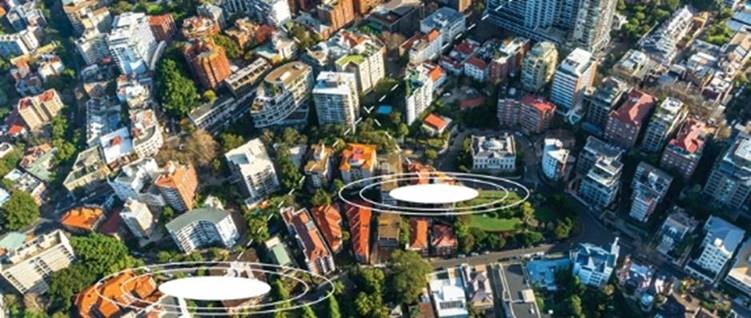New law on telecommunications infrastructure enters into force

26.07.2016
Â
Law no. 159/2016 on the regime of physical infrastructure of electronic communications networks, published in the Romanian Official Journal no. 559/25.07.2016 and entering into force on 28 July 2016, clarifies and establishes new rules based on which the providers of electronic communications networks will have access on public or private property for building or conducting maintenance works on the electronic communications networks and associated infrastructure elements, as well as the conditions for access to other operators’ physical infrastructure.
This normative act provides new rules for ensuring transparency as regards the use of physical infrastructure, for planning and coordinating civil construction works, and for authorising the construction of electronic communications networks and of associated facilities. The new law retains a part of the provisions of Law no.154/2012 on the infrastructure regime, which it repeals in part, while ensuring the transposition into the national legislation of the provisions of Directive 2014/61/UE.
The Law establishes the conditions for access on public or private property for the purpose of building electronic communications networks and associated facilities, access to the physical infrastructure of network operators (utility providers, road and railway transport infrastructure etc.) and building networks for electronic communications and associated physical infrastructure.
Access on public property
The new normative act retains the provisions of Law no. 154/2012 that establish transparent and non-discriminatory conditions for concluding contracts regarding access on public property (such property administrators must publish the conditions for access, including the maximum tariffs charged for exercising the right of way) and, additionally, provides that the maximum access tariffs should be established by ANCOM based on a detailed methodology, in order to ensure uniform tariff levels, and to increase transparency and objectivity in the procedure of establishing these tariffs. Moreover, the right of way is no longer provided for as an easement right, the parties being free to choose the legal format under which this right is to be exercised (e.g., the right of way may be laid down and exercised based on a mere lease agreement, under the conditions established by the legislation in force).
Access on private property
Concerning access on private property, the Law maintains the procedure on concluding contracts for access on private property. Nevertheless, in order to observe the principle of non-discrimination, now, the providers of electronic communications networks that exercise the right of way on private property - similarly to exercising the right of way on public property - have the obligation to send ANCOM information on the identification details of the envisaged building, the access tariff and a copy of each access contract.
The maximum tariffs to be established by ANCOM for access on public property will serve only as a recommendation in negotiating tariffs for access on, over, in or under buildings that are in the private property of the state or of the administrative-territorial units. Furthermore, the Law regulates free access on private property, when such property is owned by the same entity as the building to be connected to the respective electronic communications network.Â
Similarly to exercising the right of way on public property, the right of way on private property is no longer deemed as an easement right.
Access to the physical infrastructure of network operators
Regarding the right of access to the associated facilities, the Law regulates the network operators’ obligation to grant access to their own infrastructure (masts, pillars, ducts, manholes, railways, roads etc.). These operators cannot reject access unless they provide objective and soundly justified grounds.
ANCOM will publish recommended tariffs for access to various categories of physical infrastructure, serving as reference in negotiations on contracts for exercising the right of access to infrastructure, conducted by network operators and by providers of public electronic communications networks.
ANCOM will create a one-stop point of information on the location, track, type and current use of the physical infrastructure.
ANCOM received new dispute settlement competencies, i.e. regarding disputes on granting access to the physical infrastructure, including to infrastructure installed inside buildings, on the provision of information concerning the track, type and use of the physical infrastructure, as well as on inspecting infrastructure elements.
Coordination of civil engineering works
The new law also lays down certain measures related to the coordination of civil engineering works. Thus, network operators will make available to the providers of public electronic communications networks, by means of a single information point organised by the Agency for The Digital Agenda of Romania, information on their own civil engineering works, ANCOM being mandated to settle the disputes on the provision of information regarding civil engineering works and the coordination of such works.
Additional information
In support of the electronic communications providers, of local public authorities, of building owners, as well as of the interested owners of infrastructure elements, ANCOM is updating the section dedicated to the Infrastructure Law on its website, where legislative norms are explained in an easily understandable language.
The full text of the Law on the regime of physical infrastructure of electronic communications networks is available – in Romanian – on the Authority’s website, here.


 top
top